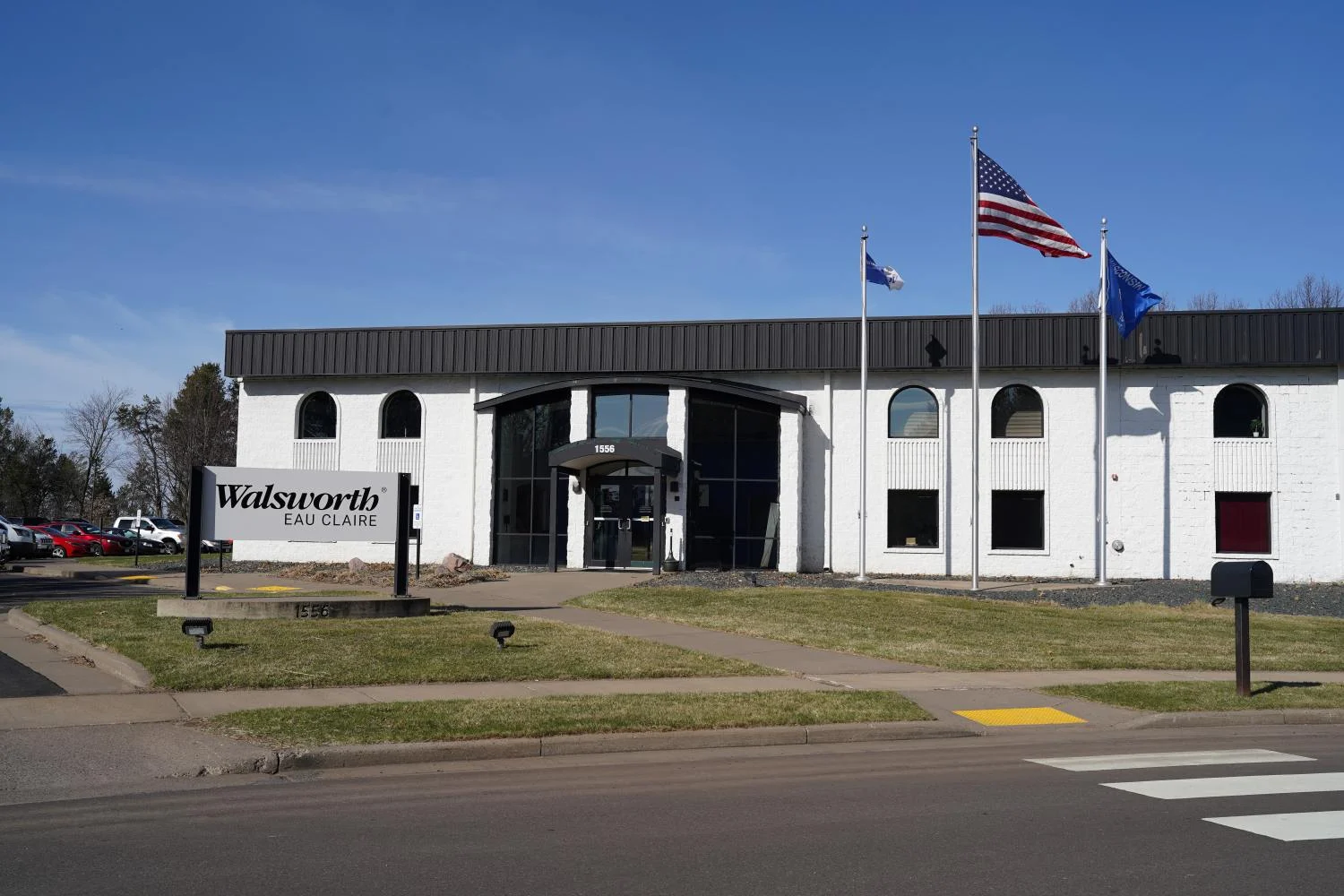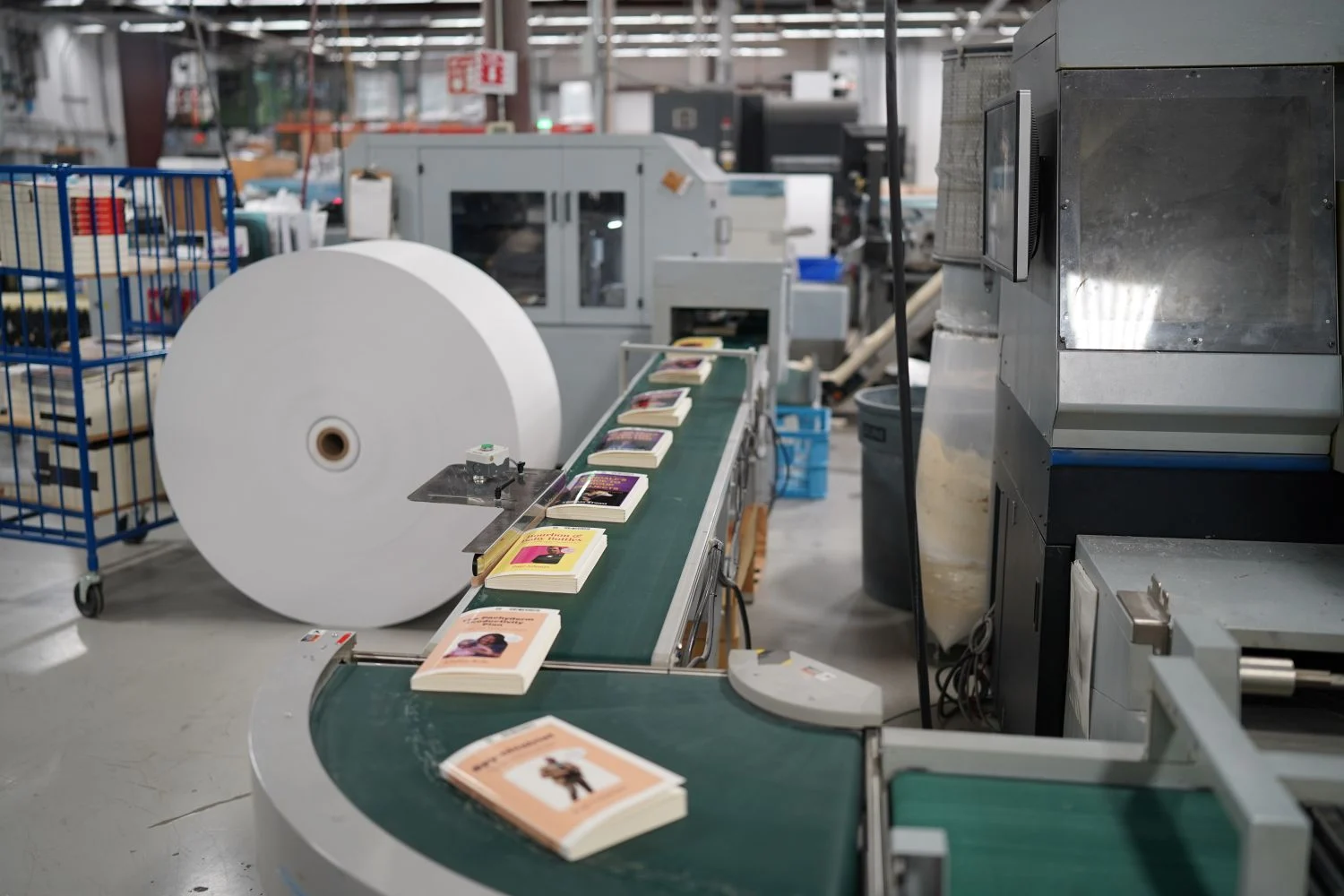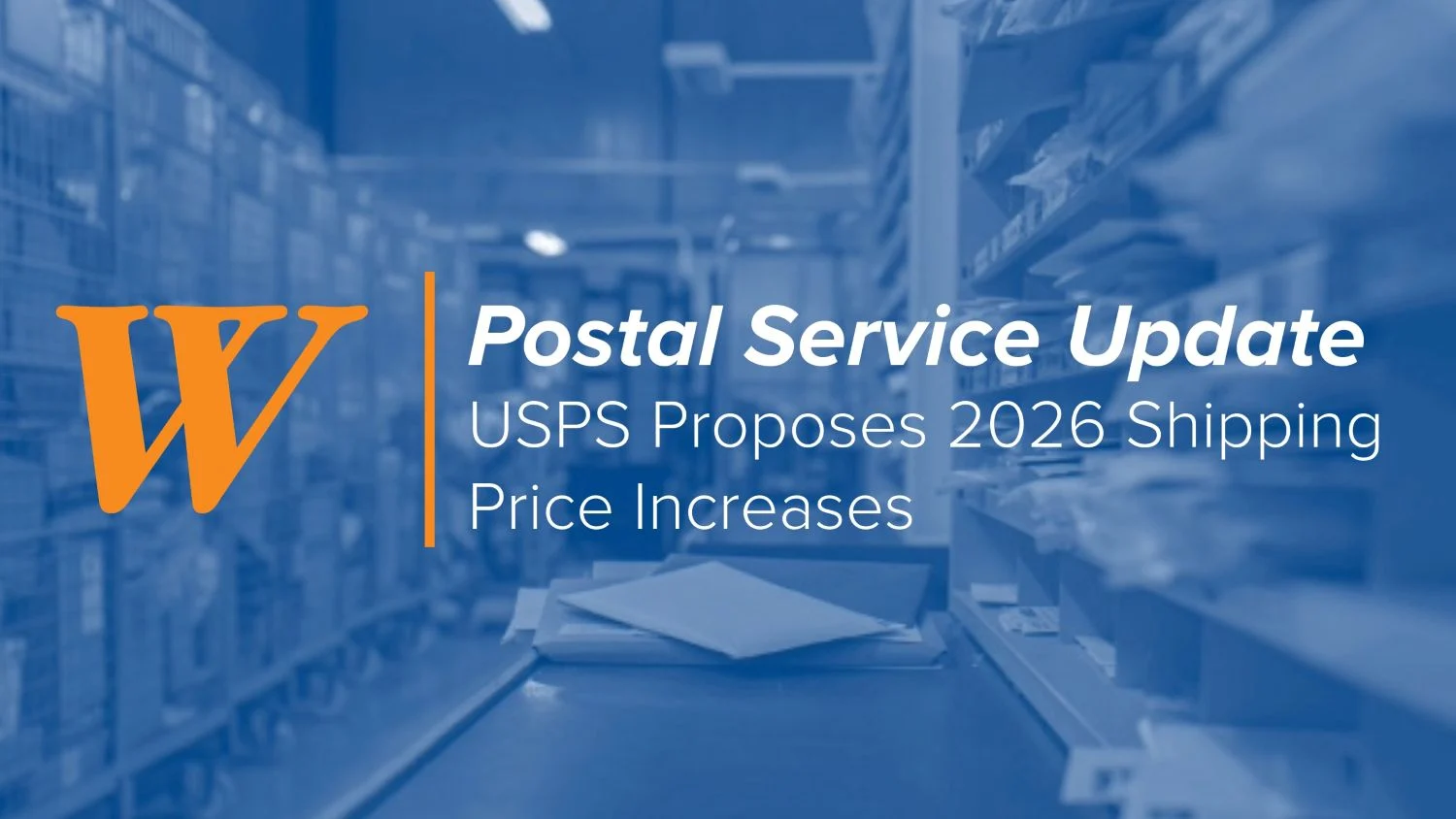In 2016, John Olsa left his career of 15 years to pursue a dream. He’d spent a decade and a half selling advertising for several publications, but was ready to start his own publishing company. Olsa now serves as the owner, CEO and publisher for SVK Multimedia & Publishing, and leads a small team in creating Great Lakes by Design and The Golf Explorer. Olsa brought along an editor, Rachel Weick, and designer, Christopher Pastotnik, when he started SVK, and they remain integral members of the team today.
Olsa took time out of his busy schedule to answer Walsworth’s questions about what it took to successfully launch a publication startup.
Tell me about your experience launching a new publication.
I had a couple of ideas that I wanted to chase on my own, and I saw an opportunity to do that. I started with two projects. One is Great Lakes By Design magazine, which is our creative persons publication – architects, boat builders, engineers, interior designers. I consider it all the things that I’m fascinated with that I can’t do. So I enjoy the magazine.
 We also do a golf publication called The Golf Explorer. It’s a publication about golf in Michigan. I want it to be a national magazine in the end, so I distribute it quite far away, all the way west to Phoenix, throughout the Midwest, throughout the East. It’s all about coming to Michigan and staying here, so I don’t even accept out-of-state advertising, which is a concept that’s not used very often.
We also do a golf publication called The Golf Explorer. It’s a publication about golf in Michigan. I want it to be a national magazine in the end, so I distribute it quite far away, all the way west to Phoenix, throughout the Midwest, throughout the East. It’s all about coming to Michigan and staying here, so I don’t even accept out-of-state advertising, which is a concept that’s not used very often.
What I did in March of 2016 is I went off on my own. I had a bank of money. I had always worked with [Walsworth Sales Rep] Jason Marsh at my old company. He was the first person I called because the products are always printed well. It’s something that I have to have, and the company provides it.
I hope this endeavor lasts as long as I think it’s going to last. I enjoy doing it, making my own decisions and having a good team behind me to execute what I know needs to be done. It’s been good so far.
You have the growing pains, like you always do when you try to start. We started in March of 2016, and didn’t have any billings that first year. But we survived 2017 quite nicely on the revenue from just the year. And we’re going to grow in 2018. I’ll expand both pieces.
We run the gamut of print. We do our own websites so we can do digital. My goal is to merge the print and the digital, because I still think print is a better-than-viable way to get your information or content. I consider it the last unimpeded piece of media. If you don’t like it, turn the page.
Where millions and millions of emails have to be sent out, the open rate when my magazines go out is probably close to 100 percent. People are going to open it because there’s something to holding it in your hands. You’re going to open it, you’re going to see what it is.
On our website, I put no advertising. It’s all content. No videos to close, or sounds to hear or try to turn off. It’s just pure content.
It’s a different model, but it’s also a double-edged sword. It takes me longer to find the following because I’m not letting everything track to my site. I’ve got to build it from scratch, but that’s the way I want it. I want it clean and I want it to be engaging our readers.
That’s part of the reason I love print so much. I’m a big catalog fan. I want an uninterrupted experience for the reader. I want the websites to be clean. I don’t stuff my magazines with advertising. I would make them bigger first before I stuff them with advertising.
The model works, it just takes a little bit longer.
Since this is for our Day in the Life series, can we talk about a typical day, or as close as you get to a typical day, especially in the midst of a launch?
My typical way of doing things is always different. I’m a “five steps down the road” thinker. If I do something, it’s going to trigger a series of events. So I’ve always thought that way. My parents taught me to think that way because if you make a decision and you don’t think about what may happen from it, you usually get caught in a trap. And that’s the way I operate day-to-day, be it planning for selling, how I do my accounting, how I do my budgeting, how I pay my people.
That’s been something of a challenge. I’m the accountant, I’m the banker. I have an accountant who helps me, but I have to do it. I am the head sales person, I am the tie-breaker between Rachel and Chris.
On a typical day, I do really a little bit of everything. It’s planning for the next issue. It’s budgeting for the next year. It’s finding new people to buy advertising. It could be new content ideas, or changing the websites so they’re more user-friendly.
Day-to-day, it could be anything. I deliver a lot of magazines, so the folks down at Walsworth in Saint Joseph see me quite often. I take our pickup truck down there, grab 50 or 60 cases of magazines and deliver them for our custom publishing clients. There’s a lot things that, if I don’t do them they won’t get done.
It’s really doing everything.
It’s been fun. Has it been challenging? Yes, but it’s been a fun challenge.
On a typical day, my goodness. The days usually start at about 4:30 a.m., and then I’m usually up at around 11:00 or 11:30 p.m. because I have an idea. Instead of writing them down on a notepad next to my bed, which is probably the healthy thing to do— my office is at my home, so I walk right into my office and turn the computer on. And I do that often.
There are good and bad things about working from home.
Yes, there are. I try to dress for work as I would if I was going to an office, but sometimes I just don’t feel like it. I don’t really have a set schedule. It’s just when things need to be done or I can get a lot of things done. I like to call Friday afternoons our SVK Friday. At 12:00, I’m usually at the golf course unless I have something very important to do.
In my business, it’s very hard to find people on Friday afternoons, especially in the summertime. So I say to Rachel and Chris, “You know what? Go do something. Go away for the weekend if you want. Take off.” Because really at 11:30, quarter to twelve, you’re not going to find me.
I like that balance, where you know you’re going to get away for that one half of a day. Turn the phone off and enjoy something else.

John Olsa and his wife, Sandy
Any advice for somebody else looking to launch a publication? Anything that you’d suggest they keep in mind?
Yeah, there’s a lot of things. The one thing that I’ve learned this first year and second year that I would give as advice to someone is cash flow—spreading out your invoicing.
First, have enough money to get you through the first year because it’s not inexpensive to print things. That’s not a knock at Walsworth because I realize they have costs and they pay their people. That’s not my angle. But it’s expensive, what I do.
I’ve done a pretty good job, but one of the things I missed is cash flow. Plan your invoicing, plan your receivables, know how your customers pay, when they pay and how they pay because a lot of people now are using bank transfer or credit card. As an owner, I have to pay that transaction fee. I’m making that adjustment for 2019 when I do the media kit. Those are real costs that a company can’t just eat.
As to the accounting, I consider myself pretty intelligent, and this accounting is – it’s just different. I’m very good at math, and this accounting math is different. You need a good accountant and a good attorney. Hopefully you never really need either of them, but have them.
Protect your work with copyrights and trademarks, especially the copyrights if you’re doing magazines like I do. If you’re in the news business, get publishers insurance.
Set a plan. I’m a long-term thinker, some people are very short-term thinkers. I don’t want to get way out there and then have to backtrack, so I’m a slow mover. It takes me a while to get to where I want to be, but I rarely hit big holes in the ground. I’m pretty consistent. That’s just my mentality.
Be consistent. And always be mindful of what your business is doing. Look every day. I look every day at my accounting, I look every day at anything copyrighted or legal trademarks.
That’s the advice. Have a good plan and be honest to yourself about costs.
When you’re doing a project, you can’t be afraid to say “No, it doesn’t fit my model.” Because if you say yes and you go over on costs, you’re eating those costs. And now you’ve wasted your time and your money.
The product might be good, but you lost money and you lost time that could have been spent on a project that would have made money.
When you run it through the model, you can’t be afraid to tell yourself no if you can’t do it. I think that’s a big hurdle. Most people, they have their business and say they can do it, and then they spread themselves too thin. And then mistakes get made.
Have a model, run the process, and make sure that it fits. That’s the key, because then you’re not going to get surprised on the backend.
And, finally, you are going to make mistakes. When that happens, own up to them, fix them, and make a note to avoid doing it again.
John Olsa is entering his third year as the owner of SVK Multimedia and Publishing. In that time, he’s accumulated a large bank of knowledge on starting a publishing company. His insights were so extensive, we’ll be publishing part two of Olsa’s interview next week. Check back or subscribe to our blog to receive updates.






